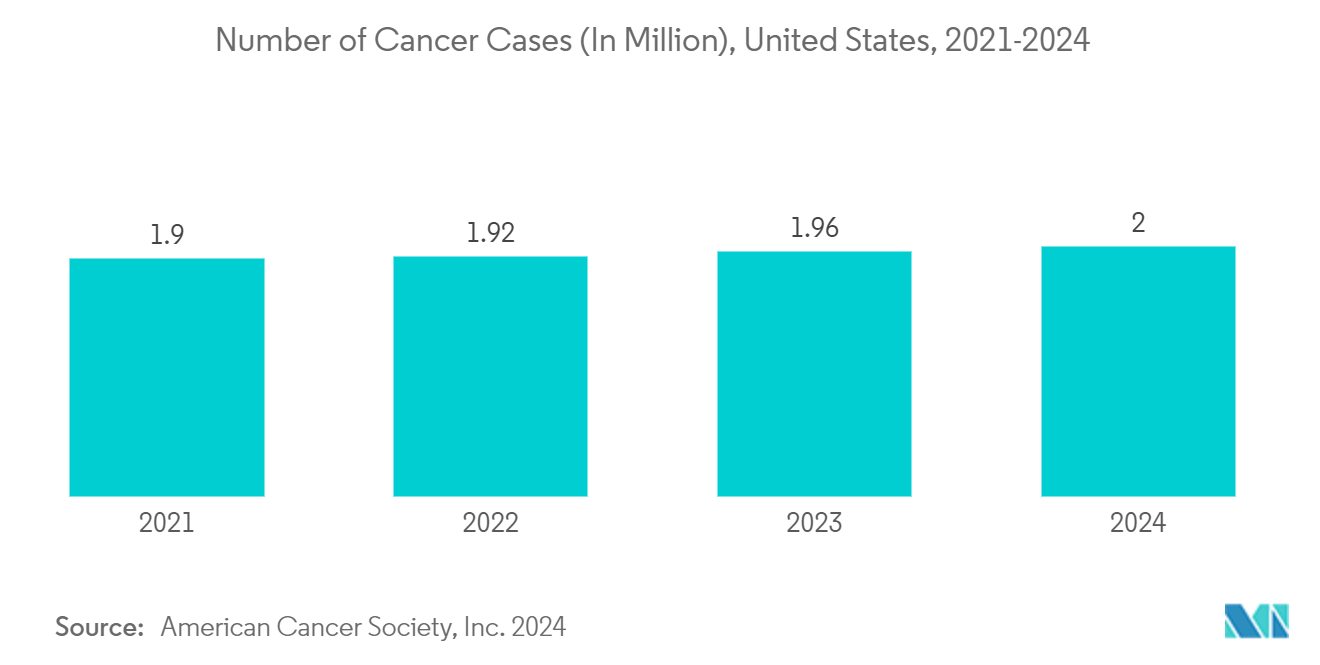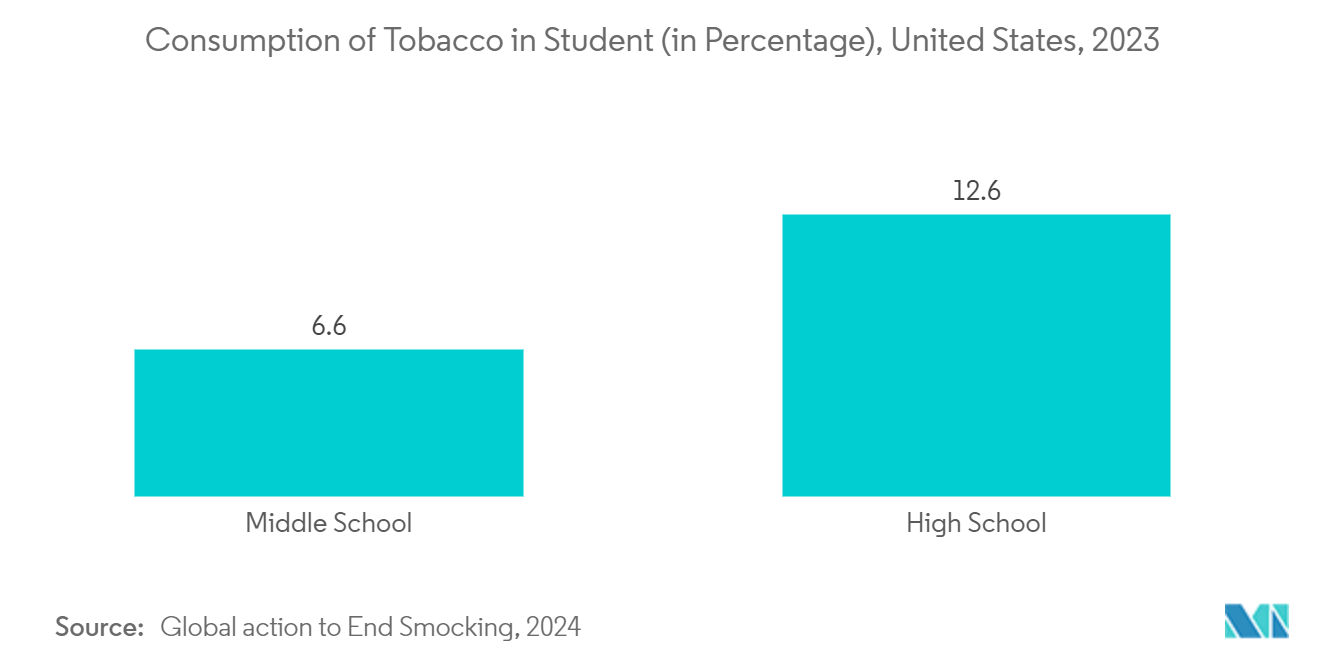Market Trends of US Patient Monitoring Industry
The Hemodynamic Monitoring Devices Segment is Expected to Witness Significant Growth Over the Forecast Period
- Hemodynamic monitoring devices are medical devices that are used to evaluate heart functioning and blood circulation. Hemodynamic monitoring devices are expected to grow further with their increasing adoption and high prevalence of cardiovascular diseases, hypertension, and other chronic diseases.
- Several studies have underlined the benefit of using hemodynamic monitoring devices and their advanced technologies for the management of diseases. For instance, a study published in the Current Opinion in Critical Care by researchers of the University of Pittsburgh in August 2021 underlined the advantage of hemodynamic monitoring for the staging, diagnosis, initial treatment, and management of cardiogenic shock patients.
- Further, a study published in the Journal of Critical Care in September 2022 highlighted effective hemodynamic monitoring for the management of the new onset cardiovascular insufficiency (CVI) in patients of perioperative care. The hemodynamic monitoring included patient-specific personalized resuscitation limiting less fluid administration, reduced length of care, limited vasopressor duration, and others. The study also emphasized process-specific patient monitoring, which is based on the modification of the therapeutic interventions to offer patient-centered outcomes.
- Also, a study published in the Journal of Current Heart Failure Reports by the researchers of Allegheny Health Network in February 2022 mentioned the vast potential of Wireless Hemodynamic Monitoring, which can expand patient coverage for the management of heart failure. The study stated the use of wireless hemodynamic monitoring with a pulmonary artery pressure sensor has offered high safety and efficacy in assessing the change in the intracardiac pressures, which can help predict heart failure events and can offer lead time, which is essential for optimizing the patients.
- The implementation of this device has shown improved outcomes in patients with heart failure regardless of reduced or preserved ejection fraction. Such research studies highlight the efficient monitoring of the patient's heart functioning and blood circulation, along with the other benefits, including expanded monitoring coverage and personalized monitoring, which are expected to increase the demand for hemodynamic monitoring devices in the United States, which is expected to boost the segment's growth.
- Therefore, the hemodynamic monitoring devices segment is expected to witness significant growth over the forecast period due to the abovementioned factors, including its usage for the management of the patient's heart function and blood flow and technological advancements.

The Respiratory Segment is Expected to Witness Significant Growth Over the Forecast Period
- Respiratory monitoring of the patient involves the monitoring of the respiratory rate of breathing, which helps diagnose a medical condition and manage the disease. The significant prevalence of respiratory disorders is expected to create more demand for patient monitoring devices for the management and monitoring of the patient's respiration in the United States. For instance, as per the data published by the Centers for Disease Control and Prevention (CDC) in October 2022, over 15 million people were affected with COPD in the United States.
- Furthermore, a significant advancement for the respiratory monitoring segment is expected to contribute to the segment's growth over the forecast period. For instance, in March 2023 Teva Pharmaceuticals rolled out a respiratory patient monitoring initiative in collaboration with Rimidi, a prominent clinical management platform. This program, leveraging data from Teva’s Digihaler System, is now operational at California’s Desert Oasis Healthcare (DOHC). Teva's Digihaler stands out as the sole smart inhaler system, offering precise data to aid both patients and physicians in optimizing asthma care. This development marks a notable step forward in enhancing respiratory health management, showcasing the potential of integrated digital health solutions in improving patient outcomes.
- Thus, with the wide usage of monitoring the patient's respiration and its high efficacy, the respiratory segment is expected to witness significant growth over the forecast period.


